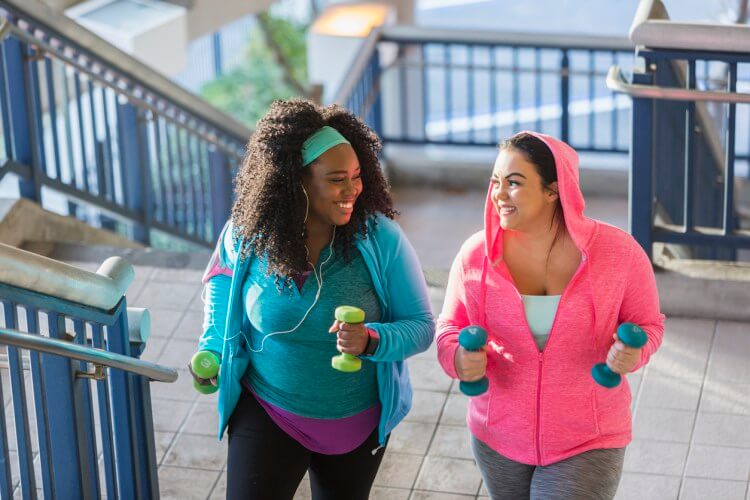Choosing an Athletic Shoe
- Category: Living Well
- Posted On:
- Written By: Robbie Banta, PT, DPT
Choosing an athletic shoe can easily make or break your fitness goals. You must ensure that you make the right choice to avoid any possible injury, which will send you in the wrong direction. Remember these tips when making your next purchase.
- Be familiar with the foot
Feet come in a wide variety of shapes and sizes, so your shoes should reflect your individual needs. The proper width of a shoe is important for both the front and the back of the shoe, since it is not always the same throughout. With 33 different joints in each foot, they move differently as well. Some people are pronators walking on the inside of the foot, but supinating feet tend to put more pressure on the outside of the foot. Your shoes should be chosen to move in a way your joints are intended.
- Be specific to your activity
Walking shoes are more rigid in nature, while running shoes need more flexibility to meet the demand of higher impacts. Any activities on a firmer surface require increased cushioning to reduce the impact forces that can be damaging to your body. Depending on which types of exercises that you do, you may need more than one pair of athletic shoes.
- If the shoe fits…
DON’T wear it! Your feet swell with increased blood flow during exercise, especially being in the gravity dependent position. They also get bigger as the day goes on, so consider shopping later on in the day to ensure proper fit. Most experts would agree that an athletic shoe should be about a half size larger than regular shoes, but you can always use the rule of thumb. If you cannot comfortably place your thumb between your big toe and the end of the shoe, it is likely too small.
- Replace when necessary
Shoes are not made to last forever, so pay attention to the wear and tear. Some experts will tell you to replace them every 300-500 miles. But you can also look at the soles of the feet to see how much the impact has whittled them down. If they are starting to look a little dirty and distressed, chances are it is time to purchase a new pair instead of just cleaning them.
- Don’t be cheap
This is an item that you will wear as often as you exercise and can further your fitness goals and/or prevent an injury. Whereas it is nice to save some money when you can, spending a few extra dollars can save you medical costs in the future. If the right shoe is the cheaper shoe, then lucky you! But do not marginalize your health just to save a few bucks.
Most small/local athletic shoe stores offer free gait analyses with the purchase of their shoes. You can also support local businesses in the process. The shoes may be a little pricier, but the extra costs are worth the expert opinion. Once you buy your first pair, you will know the brand and model that is best for you. Just like cars, these shoes are often released in the same design in subsequent years in different colors and fabrics. So you can replace them with newer shoes in a few years.
If you end up having some problems with pain after choosing, contact your physician to see a Physical Therapist. A PT can more specifically help to see how your foot moves, but can also help the muscles and joints up the kinetic chain to reduce and prevent these injuries.
Click here to learn more about Back in Action.
Creating an Exercise Plan: Living Well Seminar.
Join Physical Therapist Robert Banta to learn the steps on designing an exercise plan that fits your needs and fitness level.
Tuesday, July 24 from 12pm to 1pm
Located in Touro’s Foucher Room on the 2nd Floor of the hospital.
Registration is required.
>> CLICK HERE to register online, or call 504-897-8500.
Robbie Banta, PT, DPT received his Doctor of Physical Therapy from Louisiana State University Health Sciences Center. He has more than 5 years of experience in physical therapy.


